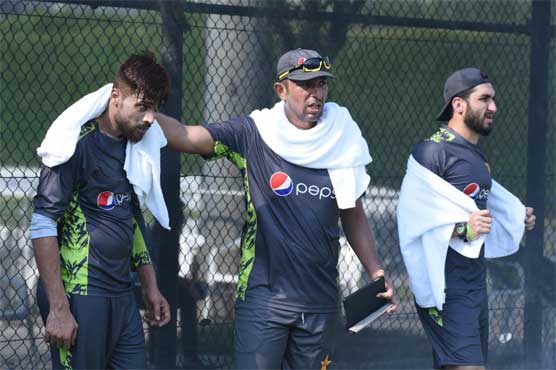Cricket in India has a fan-base bigger than any other country in the world. However, extreme weather events such as droughts, heatwaves and storms have made things difficult in the cricket-mad country, says a research jointly presented by sports researchers and environmental academics on Tuesday. “This is a wake-up call not just for cricket, but for all sport,” Lord’s cricket ground sustainability manager Russell Seymour, who wrote the foreword to the report, was quoted as saying by news agency AFP.
The “Hit for Six” report details how cricket-playing countries such as India and Australia are already being severely impacted by extreme weather that experts say are being made more common by climate change.


The report also urges cricket authorities to introduce “heat rules” including postponing games in response to climate change.
The review, by the British Association for Sustainable Sport and two universities, also calls for extra care around youth players and for manufacturers to develop equipment that enhances air flow, as extreme heat becomes more common.
“Sportspeople are not by nature bystanders and we can and must react to avoid the crises approaching us,” Seymour said.
“For every player suffering, there are many more fans having to work and go about their daily lives in these increasingly harsh conditions,” he added.
It notes youth matches in Australia have been disrupted due to heat, while dire water shortages have hit a tour of South Africa and flooding has delayed cricket in England.
Its authors say they have combined climate science with heat physiology to show how batsmen and wicketkeepers are becoming increasingly susceptible to poorer performances due to the conditions.
They argue “safety-related heat stress guidelines” are now needed, and that more games may need to be postponed or rearranged to cooler times of the day.
“Above 35 degrees (Celsius) the body runs out of options to cool itself,” said Mike Tipton, professor of human and applied physiology at the University of Portsmouth and one of the report’s authors.
“For batsman and wicketkeepers even sweating has limited impact as the heavy protective cladding creates a highly humid microclimate next to their bodies.”
He added: “Particular care must be given to young players and the grassroots of the sport where elite-level cooling facilities simply aren’t available.”
Compiled by Roshna K



